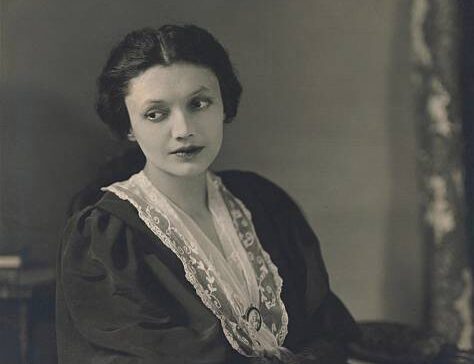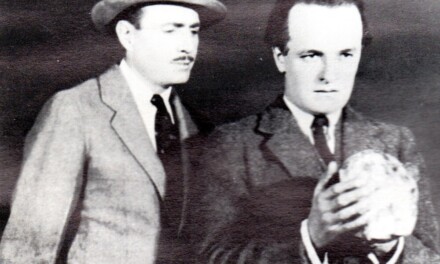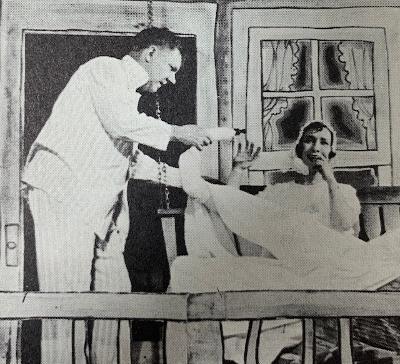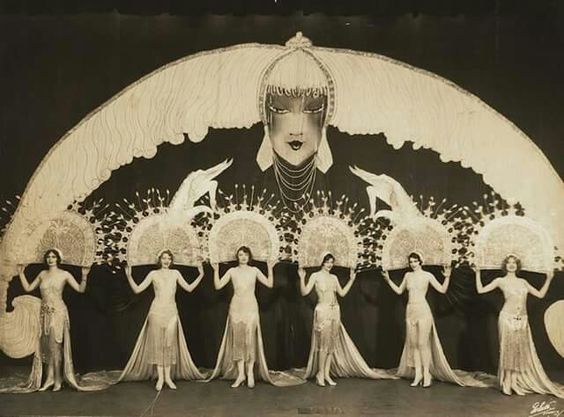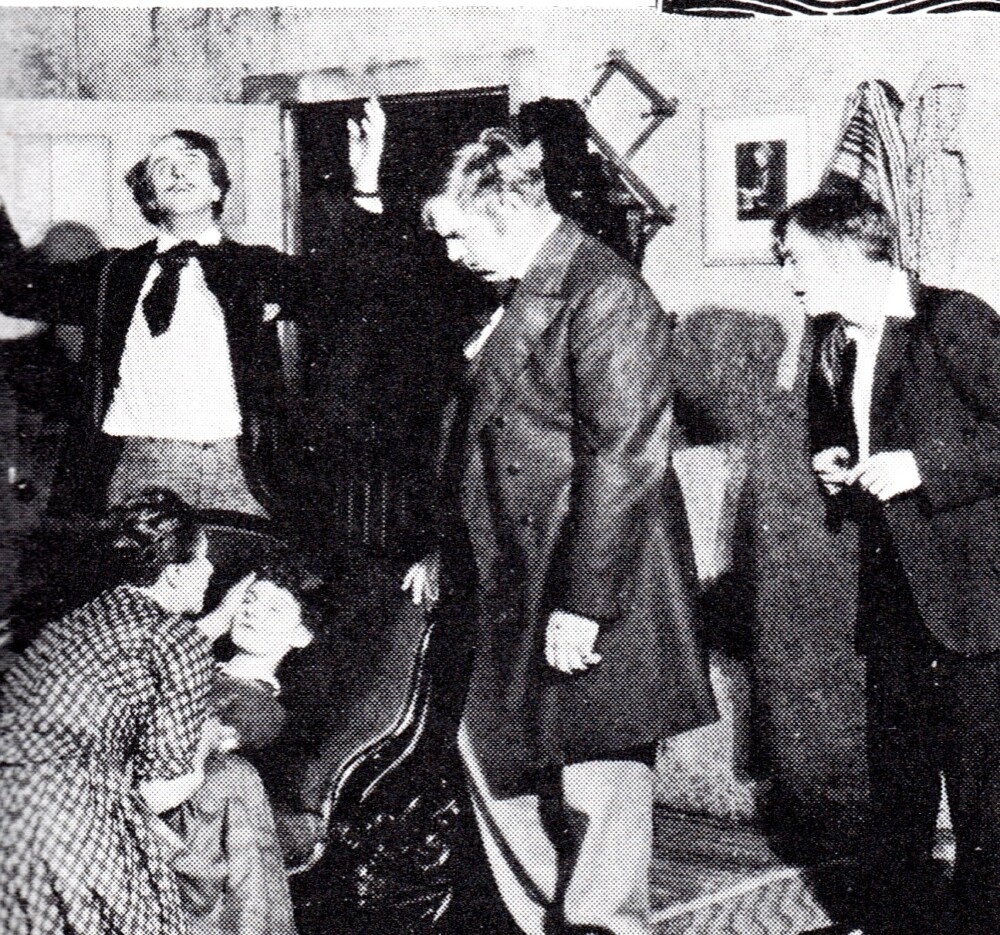
by Samuel L. Leiter
The New York theater season of 1924-1925 included a modest number of revivals, but only a handful of particular interest. A few came several years after their premieres (Rain, The Emperor Jones, Beggar on Horseback, and Sally, Irene and Mary), making them more like delayed return engagements than actual revivals. There were the usual visits of Gilbert and Sullivan chestnuts, like The Mikado, Princess Ida, and Patience, part of almost every season during the 1920s and 1930s. Two French stars, Mme. Simone and Firmin Gemier, toured here with their separate repertories, which included several French-language classics.
Premodern classics included only Sheridan’s The Critic, Shakespeare’s Othello, and the ancient Indian play, The Little Clay Cart. The mid-nineteenth and late nineteenth and early twentieth centuries offered Candida, Sweeney Todd, Trelawney of the Wells, Charley’s Aunt, and The Servant in the House, all British. Somewhat more interesting were two Ibsen revivals, Rosmersholm and The Wild Duck.
Those I find most compelling are The Little Clay Cart, Othello, Sweeney Todd, The Wild Duck, and Candida, surveyed below according to the chronology of when they were first created. Perhaps the most novel of these works was The Little Clay Cart (12/5/24, 69), a classical Sanskrit drama of uncertain ancient ancestry, attributed to King Shudraka, here rendered into English by Arthur William Ryder. It was one of a number of challenging works staged at the Lower East Side’s Neighborhood Playhouse by Agnes Morgan and Irene Lewisohn.
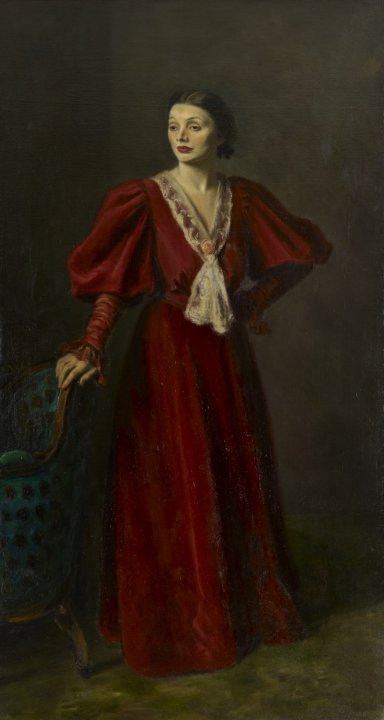

The play was given a remarkably sustained, imaginative production combining acting, direction, and design into a work of great enchantment. Eschewing the merely “exotic and quaint,” according to Joseph Wood Krutch, it was faithful to the drama’s spirit. Krutch continued: “Here . . . the spectator will be able to see a genuine example of that ‘pure theatre’ of which theorists talk. . . . Here he will see acting which has abandoned all pretense of literal imitation but which is yet strikingly beautiful and impressive; staging which belongs frankly to the make-believe of children at play but which is nevertheless artistically satisfying; and, in addition, a play wholly artificial yet profoundly moving because it is not realistic but real.”
This classic play, written sometime in the first millennium A.D., and produced in a Rajput-influenced setting, tells of the love the poor merchant Charudatta (Ian Maclaren) and the courtesan Vasantasena (Kyra Alanova), and of the various obstacles that arise to keep them apart. Among these are her being strangled by a vicious prince (Harold Minjer) and Charudatta’s being tried for the crime, only to be freed when she shows up alive at the last moment.
Brooklyn-born Walter Hampden, perhaps the leading classical barnstormer of the period—when there were several others of importance, like Fritz Leiber, John E. Kellard, and the once supreme but now fading Sothern and Marlowe—offered the second Othello of the decade (following Kellard’s of 1922). Unlike his usual visits, with several plays in repertory, this one (Shubert Theatre, 1/10/25, 51) focused on a single play. Essentially pictorial and grandiose, it provided what Thornton Wilder described as “tiresome conventions, . . . operatic embraces . . . and sweeping exits,” being utterly dignified but without the spark of genius.
The script was nearly uncut and ran for a tedious three hours. The scenery (by notable designer Claude Bragdon) “exhibited an admirable use of levels, varying elevations, steps at the back, and ingenious planning by which the changes were shot along to the great benefit of the play,” wrote Stark Young.
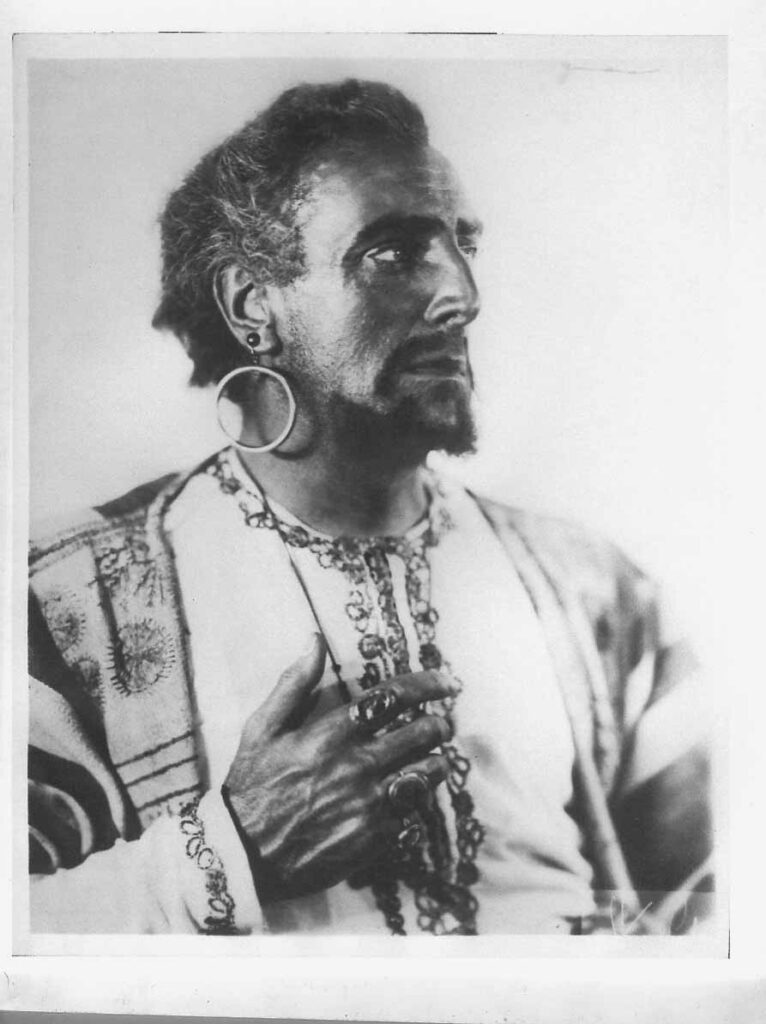

As Othello, Hampden was a disappointment. Those who remembered the fiery Moors of visiting Italian stars Salvini and Grasso were bored by his ponderous, scholarly approach. The work that pleased most was Baliol Holloway’s Iago: “Shakespearean to the fingertips, an interpretation admirable in its human conception and splendid in its sustained technical virtuosity,” stated Arthur Hornblow. Mary Hall’s Emilia was also very sure, but Jeannette Sherwin (alternating with Mabel Moore) was an ineffective Desdemona.
Sweeney Todd, of course, immediately brings to mind the widely admired Stephen Sondheim musical of 1979, but George Dibdin Pitt’s original play (Sweeney Todd, the Barber of Fleet Street; or, The String of Pearls, to cite the full title) was first seen in London in 1842. It was that chilling melodrama that opened at the Frazee Theatre on 7/16/24 for 67 performances, on a double bill with “Bombastes Furioso.” Pitt’s play was here given a careful reconstruction that turned out to be more archaeologically than aesthetically valuable. A strong inducement to its revival appears to have been the recent success of another work from the same period, Anna Cora Mowatt’s Fashion.
This is the lurid tale of the vengeful barber (Robert Vivian) who, upon release from prison, strikes back at society by slaying those who visit his tonsorial establishment, where he drops the remains via a trap into the basement. The corpses are then turned into fast-selling veal pies, a situation that sometimes produced laughter in this revival where the original intention was to frighten. Hornblow declared, “The play is acted by a fine company, with complete fidelity to the dramatic school of that period. . . . As a novelty, it is amusing.” The New York Times reported that “Sweeney Todd is of interest as an exhibit of what we have escaped.”
The other piece on the program was a 1710 opera burlesque that Hornblow found “unfunny and a bore.”
Henrik Ibsen’s The Wild Duck received two revivals in the twenties, the first of them (Forty-eighth Street Theatre, 2/24/25) running for 110 performances, the second, in 1928, scoring 81. Both were produced by a group called the Actors’ Theatre, which also produced Shaw’s Candida, described below. Ibsen’s serio-comic satire on idealistic extremism retained its dramaturgic brilliance and, according to John Mason Brown, was “singularly unaged. . . . The play is perfect as a piece of architecture. There is nothing shoddy in its writing.”
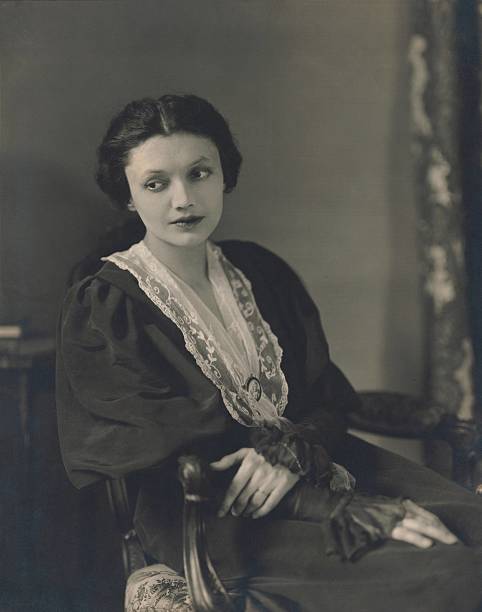

Under the “extraordinarily adroit” direction of highly regarded actors Clare Eames and Dudley Digges, the play had a beautifully adept mounting, with a set by the renowned Jo Mielziner. It was seen as a marked improvement over the 1918 version starring the Russian actress Nazimova (who played Hedvig), for it concentrated not on the histrionic temperament of a star, but on the tragi-comedy and psychology of the whole. The staging was especially happy in eliciting the comedic, even farcical side, which made the characters more human and attractive than in previous productions.
Almost every performance achieved distinction, although Warburton Gamble’s Hjalmar was considered weak. Particularly outstanding was Blanche Yurka’s Gina, “with its see-sawing walk, its placid, clean-cut phrasing,” in Brown’s words. Helen Chandler’s Hedvig, Tom Powers’s Gregers Werle, Cecil Yapp’s Old Ekdal, and Thomas Chalmers’ Dr. Relling were all highly approved.
The 1928 revival, it should be added, was by the same company, but with most of the roles recast, and with Yurka, still playing Gina, billed as the co-director with George Bratt, who had played Petterson in 1925, and did so now again.
We end this survey with a look at George Bernard Shaw’s 1894 dramedy Candida, its second revival of the decade, in fact. The first was at Off Broadway’s Greenwich Village Theatre in 1922, starring and directed by Ellen Von Volkenburg, who coproduced it with Maurice Browne as the opening shot in their proposed new repertory company. While passable, it couldn’t compare with the production two years later by another new group, the above-mentioned Actors’ Theatre (12/12/24), which compiled 148 performances with it at Broadway’s Forty-eighth Street Theatre.
This superlative revival awed by the depth and polish of each performance. “Both as to ensemble and individual performances it is a production worthy of any theatre in the world,” glowed Arthur Hornblow. First put on at three weeks of special matinees, it was recognized as “one of the few notable productions of the season,” and was given a commercial run for its reward.
The play remained set in its original time and place of the mid-1890s. The Morrell of Pedro De Cordoba and the Prossie of Clare Eames were exemplary, but the critics split over Richard Bird’s Marchbanks. As Candida, Katherine Cornell, who was still appearing in Tiger Cats when the matinee series began, achieved one of her most distinguished triumphs. It was one she would repeat in 1937 opposite Kent Smith as Morrell and Mildred Natwick, followed by an especially noteworthy 1942 revival costarring Natwick again as Prossie, Raymond Massey as Morrell, and Burgess Meredith as Marchbanks. Yet another staging arrived in 1946, with Natwick returning, Morrell now taken by Wesley Addy, and Marchbanks by a still largely unknown thespian named Marlon Brando. Cornell, by this time, was acknowledged by many as “the first lady of the American stage,” a commendation shared with Helen Hayes.
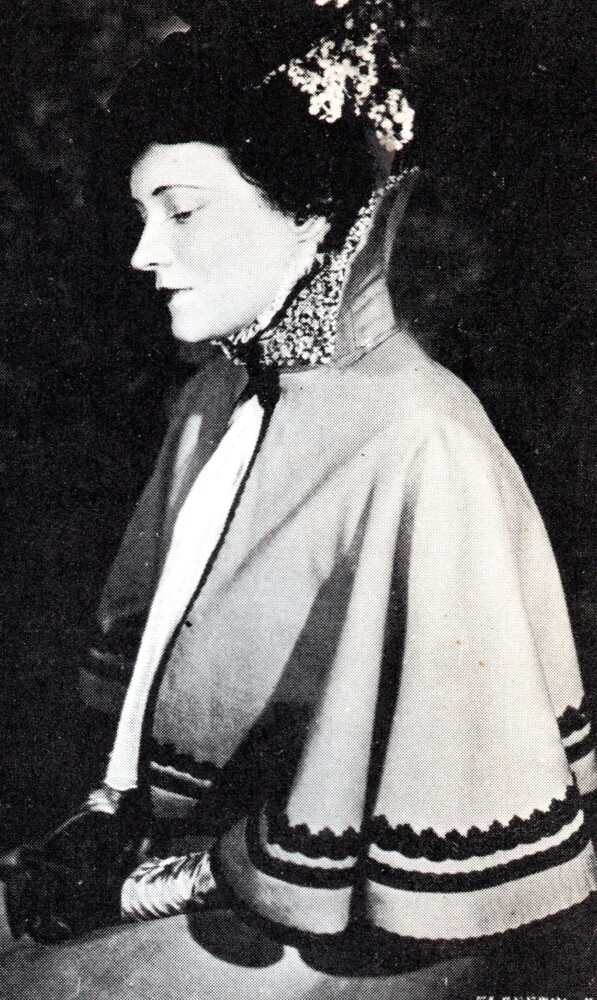

As Candida, Cornell offered Stark Young “a deep revelation of the part. Her frail presence had in it something of the light of another world. She was strong, not with womanly aplomb and maternal astuteness, but with an exquisite power to feel and understand.”
After a brief hiatus, the show reopened with another rising star, Peggy Wood, at the Comedy Theatre on 11/9/25. Wood was, until then, known primarily for musical comedy. There were those who thought that casting her was foolish when many serious actresses would have given their eye teeth for the role. Being a member of the company, she wrote in her autobiography, How Young You Look, was a revelation. “Never but once besides have I experienced such orchestral balance of playing . . . led as it was by the invisible conductor of a profound respect for the material to be presented.”
Although her reviews were encouraging, they were not as ecstatic as those Cornell received. According to the Times, “Miss Wood’s performance was adequate, but lacked the perfect Mona Lisa serenty [sic] and wisdom which this very difficult part demands.” Young said she had made the character “simpler” than had Cornell, but by that token brought it “closer to what Bernard Shaw meant by this character in relation to the other characters and to situation and theme of the play.”
“Leiter Looks Back” now moves on the season of 1925-1926, beginning with five of its most significant new plays.


